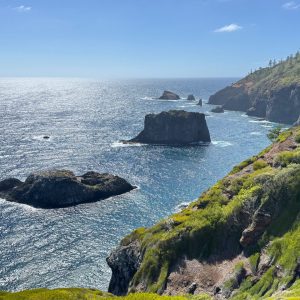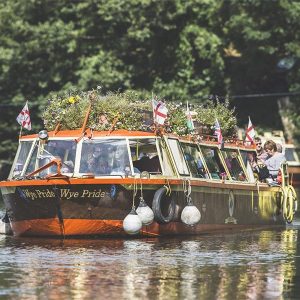Location for this summer’s blockbuster movie
Say the word Dunkirk to a Silver Traveller and most of us instantly see a monochrome image of soldiers waiting hopefully on a French beach in May 1940. The Dunkirk evacuation – codenamed Operation Dynamo – touched families throughout Britain, and many people today still feel a personal connection.
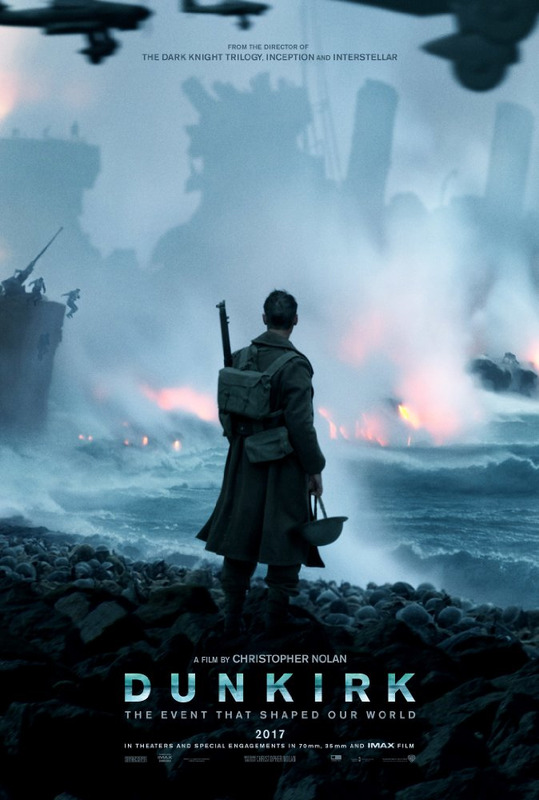 Planned from the secret tunnels beneath Dover Castle, the plan was to rescue 45,000 members of the British Expeditionary Force, but more than 338,000 were brought home in just nine days starting on 26 May 1940. Many however died at sea or on the beaches under German bombardment and a new blockbuster movie, opening on 21 July 2017, promises all the drama, emotion and heroism of that epic rescue.
Planned from the secret tunnels beneath Dover Castle, the plan was to rescue 45,000 members of the British Expeditionary Force, but more than 338,000 were brought home in just nine days starting on 26 May 1940. Many however died at sea or on the beaches under German bombardment and a new blockbuster movie, opening on 21 July 2017, promises all the drama, emotion and heroism of that epic rescue.
Directed by Christopher Nolan, Dunkirk is being billed as a film about survival rather than war, told from the perspectives of a soldier (played by One Direction singer Harry Styles), an airman (Tom Hardy) and a commander of one of the famous ‘little ships’ (Mark Rylance). The film also stars Kenneth Branagh and Cillian Murphy.
So I headed across the Channel on a comfortable DFDS ferry – no little ships for me – to find out what 21st century Dunkirk offers to travellers in aid of a quick French fix. If you don’t know Dunkirk, it’s easy to be put off by the idea that this is France’s third largest commercial port, the docks and oil refineries stretching for several kilometres towards Calais. 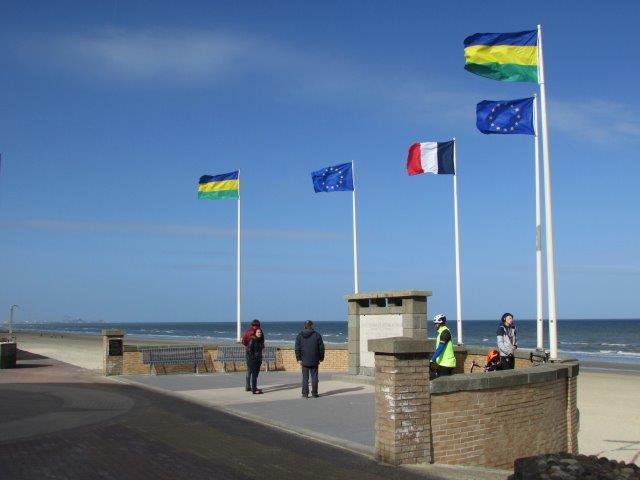 But it also has a rich maritime history which is guaranteed to spark the imagination of visitors young and old. And if you have grandchildren in tow – or just like a good walk along the sands yourself – there are miles of sandy beach stretching from Malo-les-Bains, Dunkirk’s beach resort, through Bray Dunes to the Belgian border and beyond.
But it also has a rich maritime history which is guaranteed to spark the imagination of visitors young and old. And if you have grandchildren in tow – or just like a good walk along the sands yourself – there are miles of sandy beach stretching from Malo-les-Bains, Dunkirk’s beach resort, through Bray Dunes to the Belgian border and beyond.
But first Operation Dynamo. Best place to start any history tour is at the Dunkirk War Museum which reopens in July after a major facelift and extension. Located in Bastion 32, part of the fortifications built in 1874 to reinforce France’s coastal defence, it served as the headquarters for French and Allied forces during Operation Dynamo, and is stuffed with artefacts and archive footage.
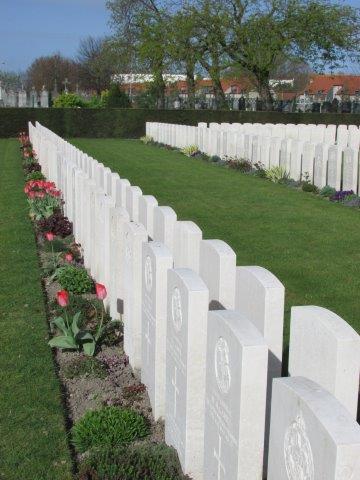 Depending on how many more Dynamo sites you wish to visit, you can pick up a guided tour by minibus (starting July; information from the Tourist Information Centre inside St Eloi bell tower, www.dunkirk-tourism.com). Or you can pick up the free leaflet and drive yourself.
Depending on how many more Dynamo sites you wish to visit, you can pick up a guided tour by minibus (starting July; information from the Tourist Information Centre inside St Eloi bell tower, www.dunkirk-tourism.com). Or you can pick up the free leaflet and drive yourself.
I’d recommend stopping at the British Memorial and Cemetery, a peaceful location fringed with flowers which commemorates the fallen. And if you can’t resist a good fortress, visit the Fort des Dunes, a French fort within sight of the beach that fell to German troops. Walk through underground tunnels and stand on the camouflaged turf roof to experience a real sense of life in those dark days.
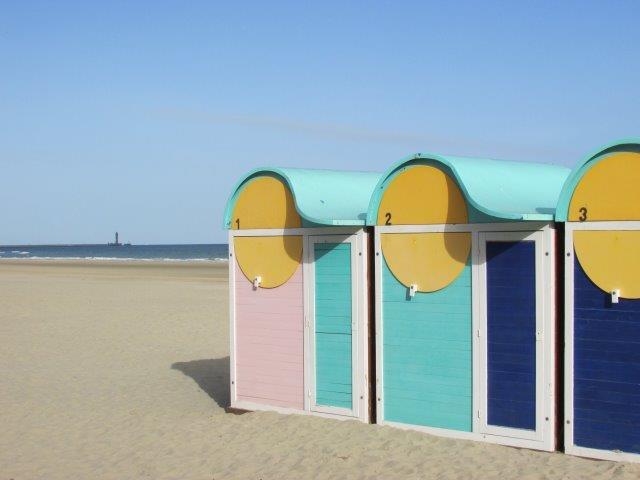 See the ruined blockhouses on Leffinckoucke Beach, last vestiges of the Atlantic Wall, and at low tide, the wrecks of two British paddle-steamers on the shore between Bray Dunes and Zuydcoote. The Crested Eagle and the Devonia both took part in the evacuation and were bombed with the loss of many men.
See the ruined blockhouses on Leffinckoucke Beach, last vestiges of the Atlantic Wall, and at low tide, the wrecks of two British paddle-steamers on the shore between Bray Dunes and Zuydcoote. The Crested Eagle and the Devonia both took part in the evacuation and were bombed with the loss of many men.
But Dunkirk isn’t all about World War II. I loved the Port Museum in an old tobacco warehouse on Quai de la Citadelle which overlooks the sleek craft in the inner harbour. Here you can follow the development of this strategic town since the Middle Ages and go on board three historic ships moored up outside – the Duchesse Anne sail training ship, a retired lighthouse and a traditional barge.
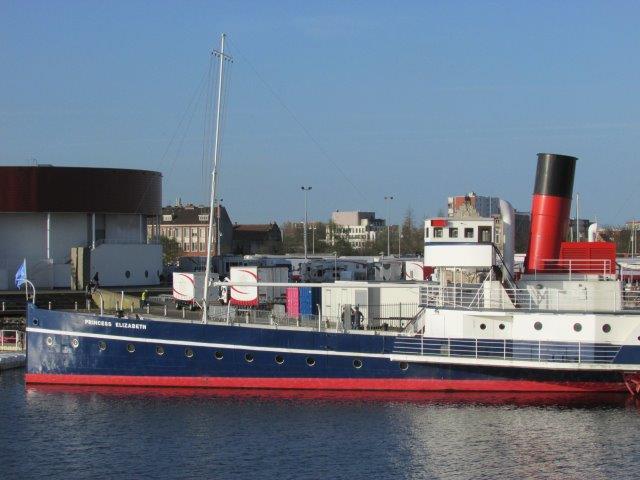 Then stroll down to the harbour entrance to see the Princess Elizabeth in the adjacent marina. Built in Southampton in the 1920s, she was one of the ‘little ships’ that took part in the Dunkirk evacuation and opens this summer as a floating restaurant. You can also take a cruise with commentary on board the Texel to see Dunkirk’s huge harbour at closer quarters.
Then stroll down to the harbour entrance to see the Princess Elizabeth in the adjacent marina. Built in Southampton in the 1920s, she was one of the ‘little ships’ that took part in the Dunkirk evacuation and opens this summer as a floating restaurant. You can also take a cruise with commentary on board the Texel to see Dunkirk’s huge harbour at closer quarters.
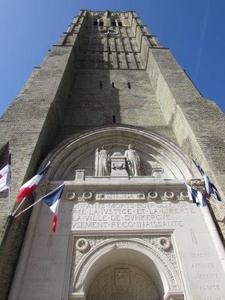 If you’ve a head for heights, take the lift and then the 60-odd stairs up St Eloi bell tower for a seagull’s eye view over the city, which was 80% destroyed during the bombing of 1940. One key survivor however was the evocative statue of privateer Jean Bart, licensed by Louis XIV to attack enemy ships – and the king had many enemies – in times of war. Browse the shops around Place Jean Bart to buy patisseries themed to the swashbuckling hero and choose from more than 300 cheeses at La Cremerie de la Ferme.
If you’ve a head for heights, take the lift and then the 60-odd stairs up St Eloi bell tower for a seagull’s eye view over the city, which was 80% destroyed during the bombing of 1940. One key survivor however was the evocative statue of privateer Jean Bart, licensed by Louis XIV to attack enemy ships – and the king had many enemies – in times of war. Browse the shops around Place Jean Bart to buy patisseries themed to the swashbuckling hero and choose from more than 300 cheeses at La Cremerie de la Ferme.
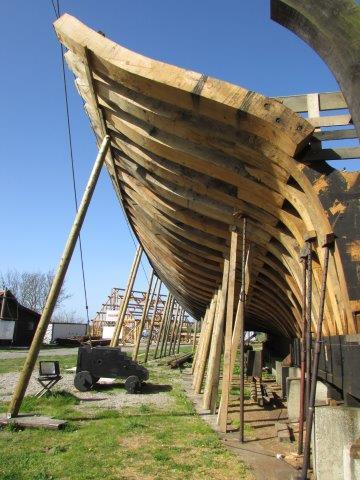 If you’ve brought your car across the Channel, take the opportunity to explore a little outside the town. Neighbouring Gravelines is a fascinating small town with star-shaped ramparts and a moat that can be navigated in a self-drive electric boat. Just outside Gravelines, don’t miss the construction site for Le Jean Bart, a replica of a Louis XIV sailing ship that is being painstakingly built using traditional skills by the Tourville Association.
If you’ve brought your car across the Channel, take the opportunity to explore a little outside the town. Neighbouring Gravelines is a fascinating small town with star-shaped ramparts and a moat that can be navigated in a self-drive electric boat. Just outside Gravelines, don’t miss the construction site for Le Jean Bart, a replica of a Louis XIV sailing ship that is being painstakingly built using traditional skills by the Tourville Association.
Gravelines and nearby Bergues are both listed in the ‘100 Most Beautiful Detours in France’, both fortified towns but quite different in style. A short drive inland from Dunkirk, Bergues is divided by canals and may seem familiar to fans of the French cinema. It appeared as the backdrop to the 2008 comedy movie Bienvenue chez les Ch’tis and tourists still come to see the locations for the movie that broke all box office records. Another bit of movie magic in this northern corner of France.
We are sorry to advise that the Specialist Leisure Group, which includes Shearings, entered administration on 22 May 2020. If you have booked a holiday with Shearings, or you have any questions please visit the Shearings website.

